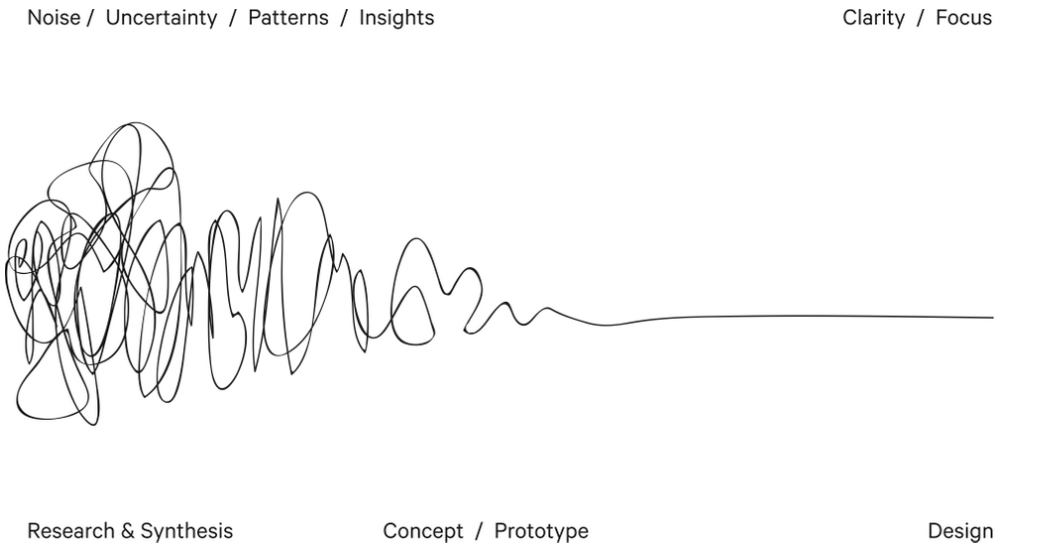Did you know I actually have a long history in UX design, dating back to when the term “User Experience” first became famous. Back in 2006, while I was studying for my Bachelor’s degree (gasp!), mobile applications were still a novelty, and heuristic assessment was one of the ways we used to verify product usability. Looking back on the good old days brings up memories. Even if the field of usability has changed dramatically in recent years, I remain deeply connected to the user-centered design ideas that were instilled in me during my studies. UX design has always struck a chord with me, and it will continue to do so as the profession matures and expands. My pragmatic and empirical mindsets collide: what role can UX play in Scrum?

Scrum focuses on delivering valuable and high-quality products incrementally and iteratively, whereas User Experience (or UX) is a design process that strives to produce products that fulfill the requirements and expectations of end-users. When combined, Scrum and UX may help to develop cross-functional teams who are more able to communicate with end-users.
The need for UX
Imagine that you’re using a new app for the first time, and you find it difficult to navigate. The buttons are small, and you’re not sure what each one does. You try to complete a task, but it takes longer than expected and you feel frustrated. Enter UX design! UX design focuses on creating products that are easy to use, intuitive and provide a positive experience for the user. A well-designed app has clear labels, easy-to-find buttons, and a straightforward flow that helps you complete tasks quickly and easily. By incorporating UX design into product development, you can create a product that meets the needs of users, keeps them engaged, and ultimately delivers value. Products that lack strong UX may fail to fulfill user demands, cause user annoyance and fail to accomplish the desired results.
Why do we need UX in Scrum?
Consider the following scenario: a software development team is employing Scrum to create a new feature for an application. The team has identified the user stories that must be completed and has started development on the product. They do observe, however, that some of the user stories are unclear, and they are unsure what the end-user requires. The team may undertake user research to understand the needs of the end-user and build a solution that fulfills those needs by implementing UX design into the Scrum process. The team may build user-friendly interfaces that make it easier for users to perform activities and achieve their goals by working with a UX designer.
By implementing UX into the Scrum process, the team can guarantee that the product being built is not only functional but also fits the demands of the end-user, resulting in a more successful product.
Enter the UX designer
A UX designer may help a Scrum Team produce user-friendly, intuitive, and engaging products by providing their design knowledge.
The UX designer can:
- conduct user research to understand the needs, behaviors, and preferences of end-users. They can use this research to inform the design of the product and ensure that it meets the needs of users.
- use their design skills to create interfaces that are easy to use, visually appealing, and meet the needs of the user.
- can also create prototypes to test the design and gather feedback from end-users.
- work closely with the Scrum Team to ensure that the design aligns with the product vision, goals, and user needs. They can collaborate with the Product Owner and other team members to ensure that the design is feasible and can be implemented within the sprint.
- can also provide ongoing support to the team by conducting usability tests, gathering feedback, and making iterative improvements to the design.
The Scrum Team may guarantee that the product they’re producing is not just functional but also fits the demands of the end-user by including a UX designer on the team. The user experience designer may assist the team in remaining focused on the user experience throughout the development process, resulting in a more successful product.
Enter the end-user
The Scrum framework is all about incremental adjustments to the product design based on user feedback, and UX design might be integrated into this process. This ensures that the product fits the changing demands of the end user and that any problems are detected and fixed early in the development process.
User testing is one method for getting user input. This entails testing the product with end-users and observing how they engage with it. To do effective user testing, the team should consider setting testing objectives, choosing a group of participants that fit the product’s intended user profile and developing testing scenarios based on real-world tasks. During the test, the participant would run the scenarios while the team observed and took notes, or recorded the test for subsequent study. The team may evaluate the findings after the test to uncover patterns, difficulties and opportunities for improvement. This input might then be utilized to iteratively enhance the product, ensuring that it satisfies the demands of the end-user and the delivery of value.
What’s next?
The integration of UX design into the Scrum process is still uncharted territory for me. However, I am excited to continue learning and discovering how UX and Scrum can work together to create better products. One course that I believe will be insightful is the “Professional Scrum™ with User Experience training” offered by Scrum.org. The basics of Lean UX, user-centered design, and how to incorporate UX into the Scrum framework are covered in this course. This course will teach agile professionals how to cooperate with UX designers, perform user research, and gather feedback to enhance the product. This course, I believe, would be beneficial to anybody trying to increase their grasp of how UX design can be integrated into the Scrum process.
